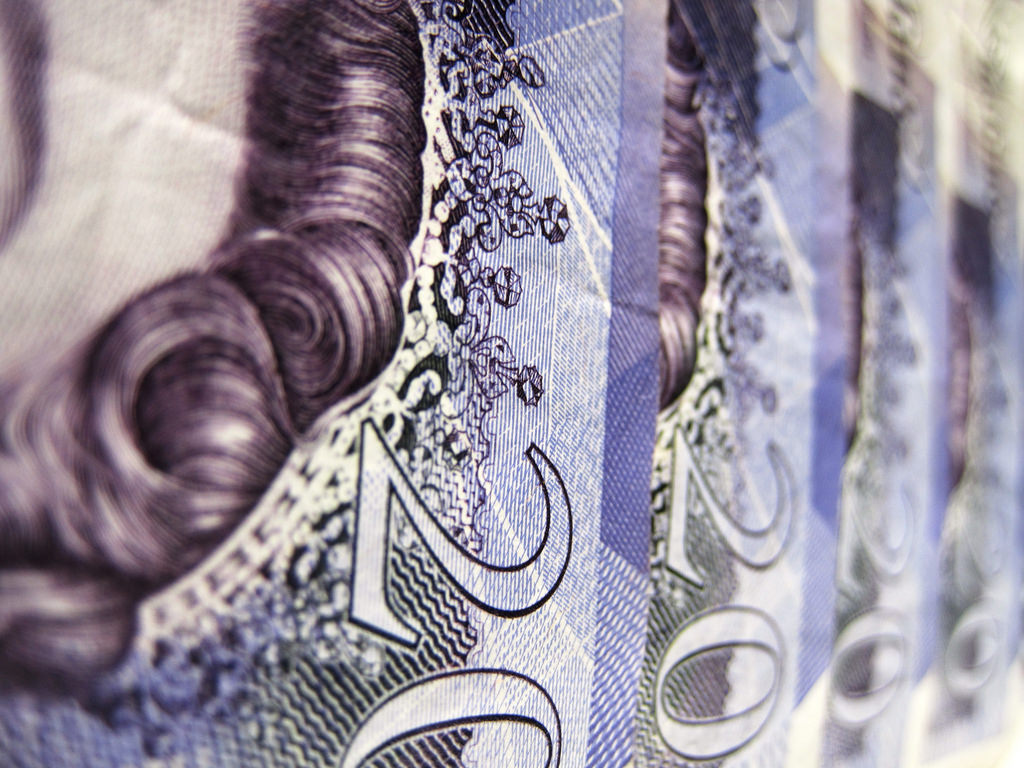The idea that a lower currency boosts manufacturing and a country’s exports is pervasive. So the 15% fall in the pound following the UK’s Brexit vote is seen by many to be beneficial for this section of the economy. Economics 101 says that a weaker currency makes it cheaper for foreign buyers to purchase domestic goods and so makes them more attractive and benefits manufacturers as a result.
Unfortunately, economics is rarely this straightforward. Students of John Maynard Keynes at Cambridge University learned this the hard way in the 1930s. Those taking notes during one of his lectures would be liable to turn up the following week only to be told to tear up their old lecture notes on the grounds that Keynes had given the matter some more thought or that the facts had changed and therefore so had the economic theories.
When assessing the idea that manufacturers benefit from the Brexit blow to the pound, it is important to use Keynes’s flexible approach. Those excited about Brexit are confident that sterling’s depreciation will boost manufacturing, which accounts for 45% of UK exports. Indeed, export orders are rising, and the latest data shows strong demand from customers in North America, Europe, Africa and Brazil, as a result of the weak pound.
The problem is, the lower pound also raises the price of imported raw materials. This then raises the cost of manufacturing, which eventually gets passed onto the price consumers pay for goods. So, as well as reporting strong growth, manufacturers anticipate a significant slowdown in domestic demand in the near-term.
To allow for this we need to plot manufacturing production together with UK real price competitiveness. And to do this we use a “real effective exchange rate”, which captures sterling’s trade-weighted movements by taking into account the domestic relative to the foreign cost of living (based on the Consumer Price Index).

Manufacturing production and real effective exchange rate, monthly data, 1968-2017. Data: ONS and Bank of International Settlements database, CC BY-ND
Focusing on the real price competitiveness addresses higher manufacturing costs. As the graph above shows, there is a clear negative correlation that suggests that manufacturing does benefit from a lower real exchange rate. The clearest example is from 1980 to early 1981. Indeed, a number of earlier interest rate hikes by Margaret Thatcher’s government to bring down rising inflation strengthened the pound and led to a significant decline in manufacturing (along with a UK recession).
So although manufacturing benefits from a lower pound, it does not get as much of a boost as manufacturers may hope. Real competitiveness has only improved by 9% since the referendum. This is much lower than the 15% depreciation in the nominal exchange rate often quoted by the press.
Rising volatility
Market volatility is another factor to take into account when it comes to whether or not manufacturers get a boost from a currency devaluation. Price competitiveness comes at the cost of rising volatility.
As the graph below shows, spikes in volatility have caused sudden falls in manufacturing production over the years. Consider, for example, another famous exit in Britain’s economic history. Following the UK’s humiliating exit from the European Exchange Rate Mechanism (ERM) on Black Wednesday, September 16, 1992, there was a sustained increase in volatility for almost a year. This meant that the significant benefits of the 9% improvement in real price competitiveness over that period translated only to a 0.7% boost in manufacturing.

Manufacturing production and real effective exchange rate volatility, monthly data, 1968-2017. Volatility is measured by the rolling two-year standard deviation of the real effective exchange rate. Costas Milas and Gabriella Legrenzi, CC BY-NC
Sterling’s volatility reflects UK policy uncertainty which, following the triggering of Article 50, is set to increase over the next two years due to potentially unsettling negotiations with the EU. Until a Brexit deal is concluded with the EU, manufacturers face uncertainty over their earnings and future investments.
With Brexit negotiations set to experience ups and downs (especially after Theresa May’s promise to be “a bloody difficult woman” during Brexit talks), it is extremely likely that exporters will spend considerable time trying to hedge against exchange rate risk, rather than pursuing profitable investments in manufacturing. And, as Brexit negotiations become challenging, British businesses will also face rising borrowing costs because nervous investors will require a higher yield to trust UK bonds.
Verdict
Manufacturing benefits from a weak but stable exchange rate and low borrowing costs. Exports have benefited from the low pound since Brexit, but not as much as it first appears. And volatility will prevent UK manufacturers from capitalising on the weak currency.
In the longer-term, it’s worth noting that UK manufacturers are also highly dependent on EU migrants for their workforce and regulation that meets EU requirements. If neither of these are guaranteed when the UK leaves the EU, UK manufacturers are set to suffer significantly from this too.
 In 2012, Costas Milas was the principal recipient of a Bank of England Research Donations Committee Grant (bid for £5,604). Title of the project: “Liquidity and output growth in the UK”. Duration of the project: five months. Any views expressed here are his.
In 2012, Costas Milas was the principal recipient of a Bank of England Research Donations Committee Grant (bid for £5,604). Title of the project: “Liquidity and output growth in the UK”. Duration of the project: five months. Any views expressed here are his.
Gabriella Legrenzi has received research funding from the Italian government. Any views expressed here are hers.



 Asian Stocks Slide as Central Bank Decisions and Key Data Keep Investors Cautious
Asian Stocks Slide as Central Bank Decisions and Key Data Keep Investors Cautious  Wall Street Futures Slip as Tech Stocks Struggle Ahead of Key US Economic Data
Wall Street Futures Slip as Tech Stocks Struggle Ahead of Key US Economic Data  Asian Currencies Trade Sideways as Dollar Weakens Ahead of Key U.S. Data
Asian Currencies Trade Sideways as Dollar Weakens Ahead of Key U.S. Data  Oil Prices Slip in Asia as 2026 Supply Glut Fears and Russia-Ukraine Talks Weigh on Markets
Oil Prices Slip in Asia as 2026 Supply Glut Fears and Russia-Ukraine Talks Weigh on Markets  Evercore Reaffirms Alphabet’s Search Dominance as AI Competition Intensifies
Evercore Reaffirms Alphabet’s Search Dominance as AI Competition Intensifies  New Zealand Budget Outlook Shows Prolonged Deficits Despite Economic Recovery Hopes
New Zealand Budget Outlook Shows Prolonged Deficits Despite Economic Recovery Hopes  Japan Exports to U.S. Rebound in November as Tariff Impact Eases, Boosting BOJ Rate Hike Expectations
Japan Exports to U.S. Rebound in November as Tariff Impact Eases, Boosting BOJ Rate Hike Expectations  Asian Currencies Slip as Dollar Strengthens; Indian Rupee Rebounds on Intervention Hopes
Asian Currencies Slip as Dollar Strengthens; Indian Rupee Rebounds on Intervention Hopes  Gold and Silver Prices Dip as Markets Await Key U.S. Economic Data
Gold and Silver Prices Dip as Markets Await Key U.S. Economic Data  Chinese Robotaxi Stocks Rally as Tesla Boosts Autonomous Driving Optimism
Chinese Robotaxi Stocks Rally as Tesla Boosts Autonomous Driving Optimism 

































